The Paleo Food Pyramids
 |
| Standard paleo food pyramid |
There is a bit of contention over how much meat vs vegetables should be consumed on the paleo diet. Personally I consume meat anywhere up to 3 times a day (but not always) and feel great but others may want to increase their vegetable intake over their meat intake for piece of mind. I think it's just a matter of personal preference.
I also found some really awesome info this morning on a forum... this old guy in his 70's has been paleo for most of his life and has the physical fitness levels of a person around 40! That is such a comforting thought particularly when there are so many people who openly criticise the paleo diet. Furthermore his blood work is all fantastic! His advice was to consume animal 20-25% and plant 80-85% of the time... Some good advice obviously from someone who knows from experience.
Also, most recently a friend of mine introduced me to metabolic typing which I don't know a great deal about but I am aware that the foods we should consume are based more on how we metabolise proteins and carbohydrates amongst other things. It's well worth giving it a research and I even think I might do a post dedicated to metabolic typing at some stage down the track.
I have seen some evidence to support the theory because my partner and I seem to derive energy from completely different food groups. My partner seems to function better after sugar and carbs (I only recommend the natural kinds, refined sugars only deplete energy in the long run and we need only consume complex carbohydrates that are as unprocessed as possible), where as I have more energy when I consume a combination of both animal proteins and complex carbohydrates in equal amounts.
 |
| Detailed paleo food pyramid |
This detailed paleo food pyramid is the one I most prefer since its quite detailed.
It really emphasises what foods can be consumed and in what portions. This is the one I follow mostly in my day to day eating routine but I can also eat like the one above occasionally. It's totally up to you, both give a great perspective on what is involved in eating like our paleolithic ancestors.
Also, try to remember that eating like our ancestors also greatly depends typically on which part of the world we have evolved from. I am from Northern Europe and was born in Belgium, our family has been in Belgium for generations so I assume our blood line evolved from Northern Europe, a diet which may vary from the Australian region in paleolithic times.
Generally speaking though, the tolerance of meat and fats is across the board and I feel meat should be consumed on a daily basis.
I too tried a vegetarian diet for almost 2 years and really struggled with major nutrient deficiencies even though I was eating really healthy. This is why I honestly believe we are a meat eating species.
Breakfast
Fruit salad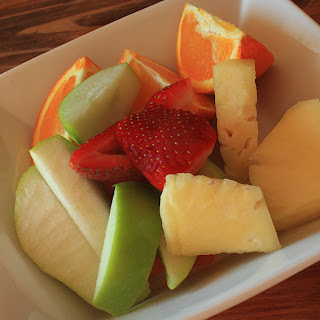
Pancakes

The pancakes I made yesterday were so good I decided I'd make them again today... well...
I also had my 3 yr old at my ankles asking 'mummy I want pancakes'... (in her cutest most persuasive voice)... pancakes it is.
I served them with a squeeze of lemon juice and a little bit of coconut sugar.
Lunch
Sweet fried pork mince with garlic and coriander
Dinner
Tonight I still felt full from lunch because I had two bowls of the pork mince, so I decided I'd snack on a small amount of nuts instead.Making coconut milk from fresh coconut
Step 1. Use the 3 holes on the coconut to drill through, then drain out the coconut water. You will notice the coconut water is very gritty.
Step 2. Use a muslin cloth to filter the gritty stuff from the coconut water.
Step 3. Pour the filtered coconut water into a blender and set aside.
Step 4. You will most likely need someone strong to do this part, I got my partner to do it for me. Saw open the coconut into two very even halves.
Step 5. Remove the flesh from the coconut shell using a spoon, the technique requires some skill and may take a while to get right but the more you practise the better you will get. The flesh will usually come away in one piece if done correctly.
Step 6. Cut away any excess shell from the flesh and cut into small easy to blend pieces.
Step 7. Place the flesh into the blender with the coconut water and add 500ml of filtered water.
Step 8. Blend until smooth and forms a paste, then strain with a muslin cloth into a freezer safe container.
Step 9. Freeze in portions if you like or in a large container to keep from spoiling. Use as needed.
Step 10. Use the left over shredded coconut for cooking or freeze to keep from spoiling to use at a later date.
Step 11. Here is the fun part! With the coconut halves left over, scrape out any coconut flesh that may be on the inside of the shell, then sand the outside of the shell til smooth. Oil the two halves and viola! you have two bowls you can use in your kitchen!
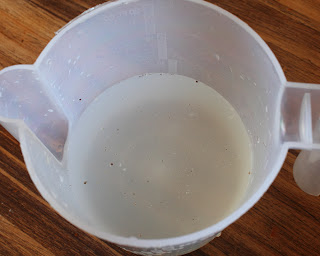
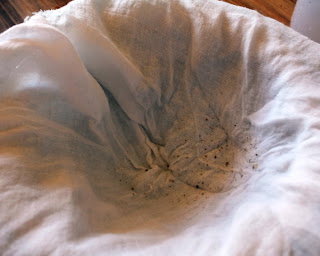

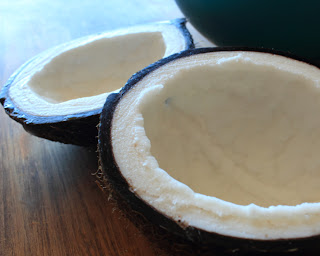
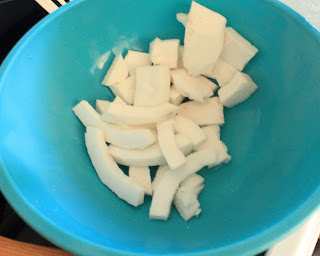

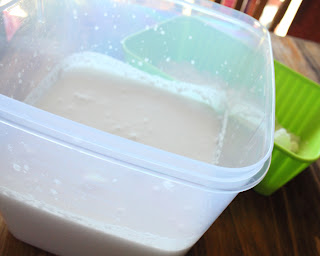
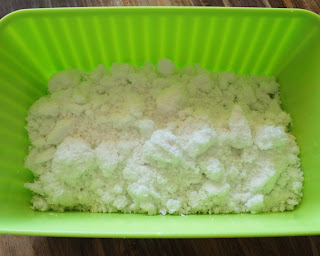

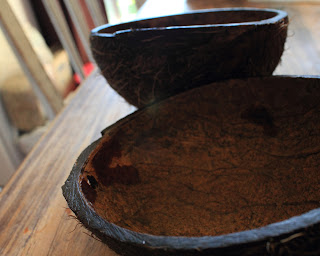
No comments:
Post a Comment